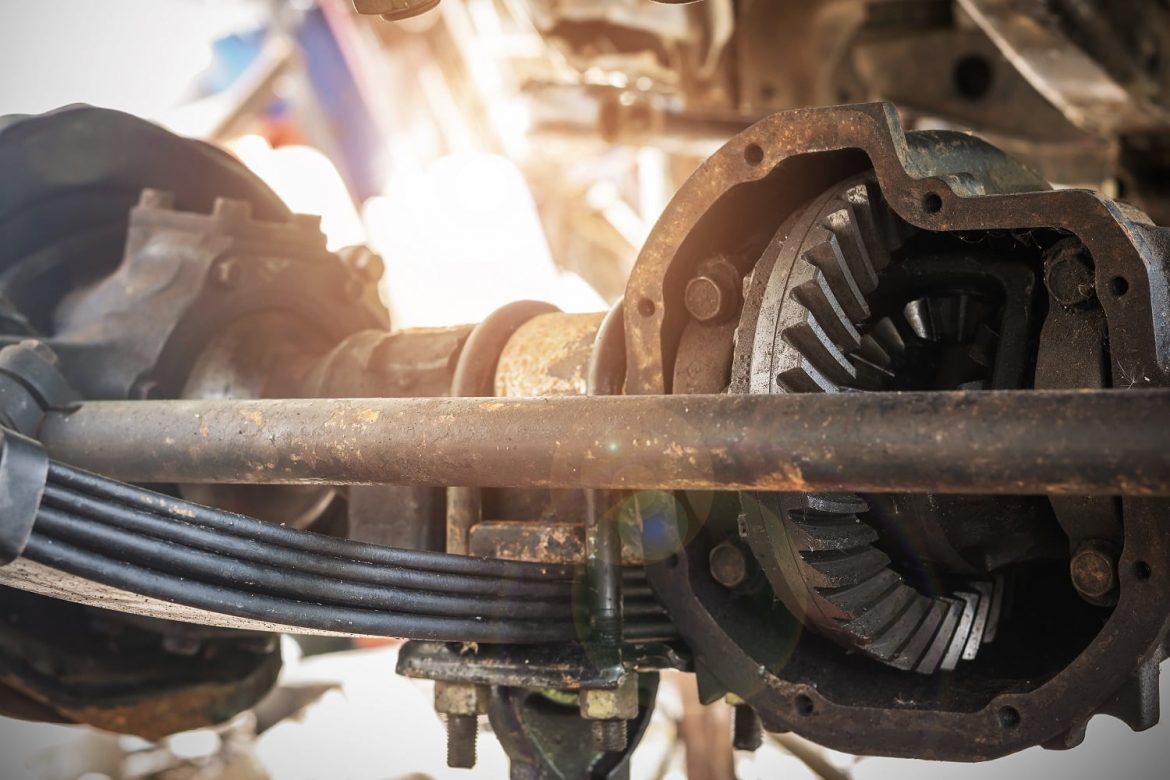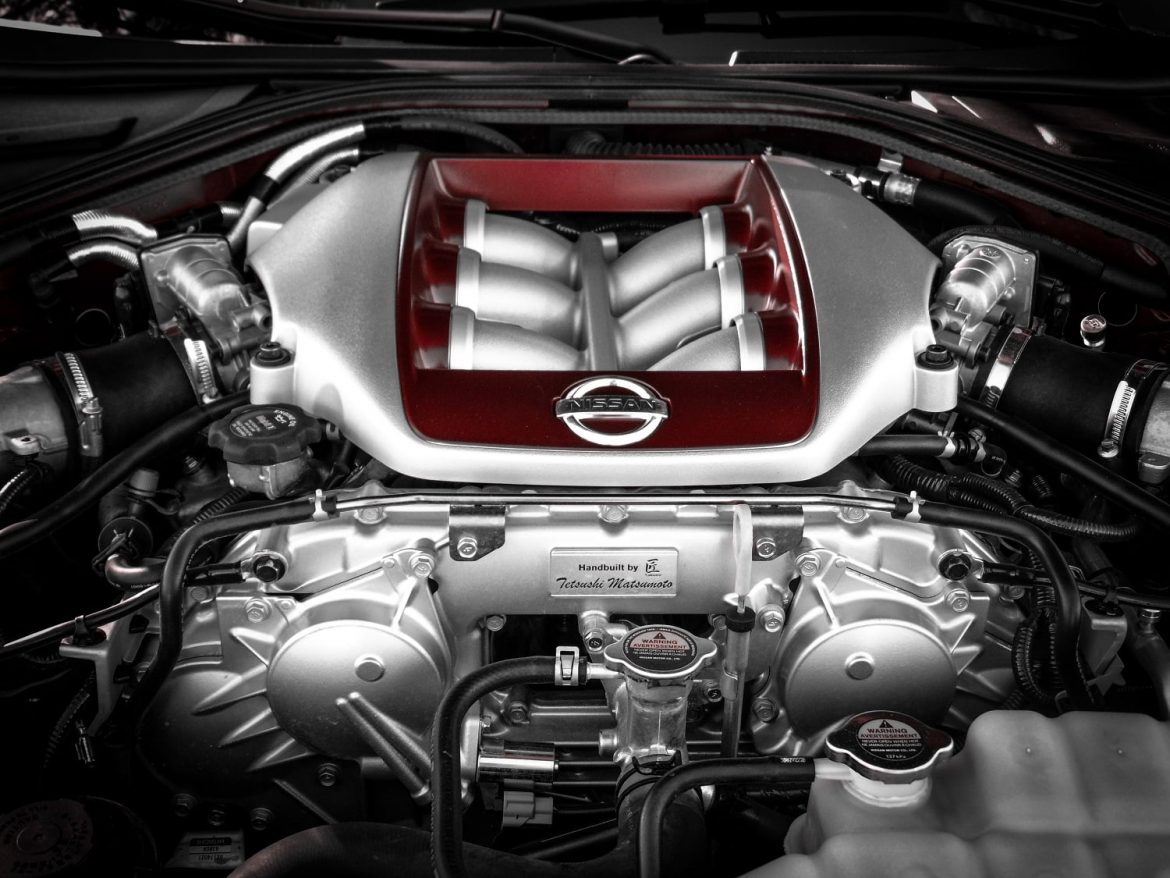There are a few things you can do to keep your modern fuel injected vehicle running great! This used to be called a tune-up but on modern cars, a tune-up is really just changing your filters, using some cleaner in your fuel system and installing new spark plugs. The spark plug is what lights to fire to keep your engine running so if it isn’t working right, your car isn’t working right. Before we jump into the how-to, let’s talk a bit about spark plugs!
What you need to know before changing spark plugs:
- What the plug is made out of
- The plug gap
- The seating mechanism
Spark plugs come in all sorts of different materials today, copper, platinum, double platinum, iridium, laser cut, etc. The first place to start is to find out what you vehicle came with from the factory as that is usually your best bet. If you really want to dial in your motor, you may consider changing plug types as there are multiple options available for every car. If you really know what you’re doing you may even consider changing the spark plug heat range. A general rule of thumb with spark plugs is that the rarer the metal they’re made from, the longer they will last. Remember though, longer last plugs don’t always run better.
The plug gap, like we mentioned in the video above, is the distance from the electrode tip to the ground strap. This is the distance the spark has to jump when the plug fires. Generally, you want a larger gap so there is more space for the air/fuel mixture to catch on fire, but if the gap is too big the spark will struggle to make the jump and get weak or colder causing poor ignition. Some plugs you can manually adjust the cap by bending the ground strap, but on other plugs, the gap is preset from the factory and trying to gap the plug yourself will damage the plug. Make sure to check with your parts supplier as to what the gap is set to and if you can adjust it yourself.
Spark plugs will either have a crush washer or a solid cone to seat against the cylinder head where they are screwed in. Different seating mechanisms and cylinder head materials will require different torque settings so make sure you know what you’ve got so you get the plugs installed correctly. Too tight and you can easily damage the cylinder head. Too loose and the plug can be destroyed causing permanent engine damage.
Quick tips:
-the difficulty of the changing spark plugs on your vehicle most likely has to do with where your intake manifold is. If your intake manifold covers some or all of the spark plugs then it will have to be removed. Check under your hood before your run to the parts store so you know if you’ll need intake manifold gaskets as well.
-Don’t use power or air tools. You can quickly brake a plug off in the head or strip the threads using anything besides hand tools so be patient and work slowly to avoid a costly mistake.
-If you’ve got a stuck plug use lots of penetrating oil, patience, heat, prayer and anything else you can think of to work the spark plug out slowly without damaging anything.
-If you’ve got sand or dirt in the spark plug tube, use compressed air to blow it out first. It will allow your spark plug socket to seat more fully on the plug and keep the junk from getting into your cylinder which could cause engine damage. Similarly, if you find oil in your spark plug tubes, consider replacing your valve cover gaskets along with the spark plug tube seals. You may also need to replace your coil boot if it’s compromised from the oil.
-Make sure your coil pack connectors or spark plug wires all get plugged back in the same way they came apart otherwise your engine will run rough and backfire.
Be sure to subscribe for more helpful videos under the hood!
BlueDevil Products can be found on Amazon.com or at AutoZone, Advance Auto Parts, O’Reilly Auto Parts, NAPA, and other major auto parts retailers.
Related Articles



